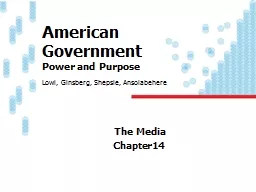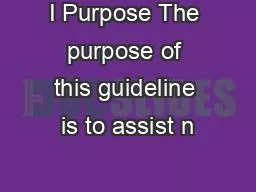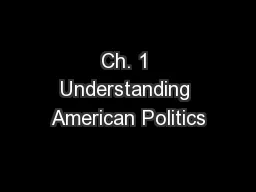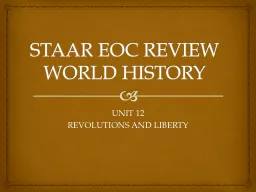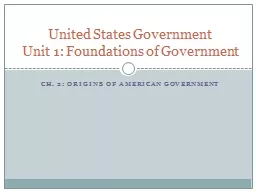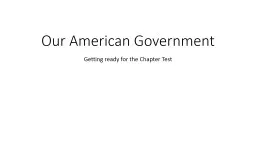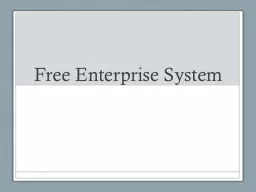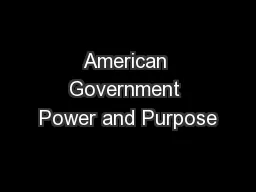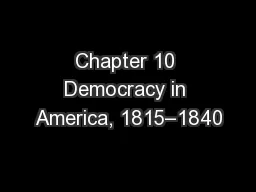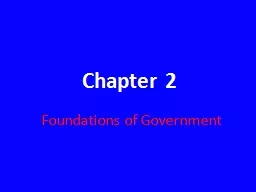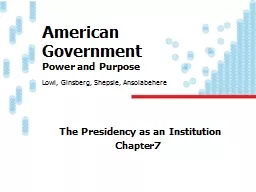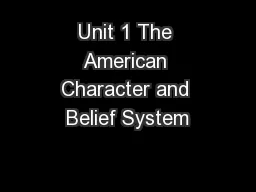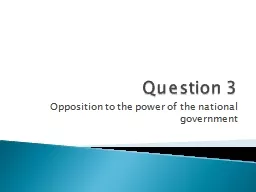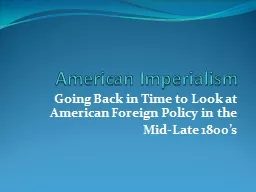PPT-American Government Power and Purpose
Author : olivia-moreira | Published Date : 2018-11-15
Lowi Ginsberg Shepsle Ansolabehere The Media Chapter 14 The Media as a Political Institution Although not a formal branch of the US government the media play
Presentation Embed Code
Download Presentation
Download Presentation The PPT/PDF document "American Government Power and Purpose" is the property of its rightful owner. Permission is granted to download and print the materials on this website for personal, non-commercial use only, and to display it on your personal computer provided you do not modify the materials and that you retain all copyright notices contained in the materials. By downloading content from our website, you accept the terms of this agreement.
American Government Power and Purpose: Transcript
Download Rules Of Document
"American Government Power and Purpose"The content belongs to its owner. You may download and print it for personal use, without modification, and keep all copyright notices. By downloading, you agree to these terms.
Related Documents

